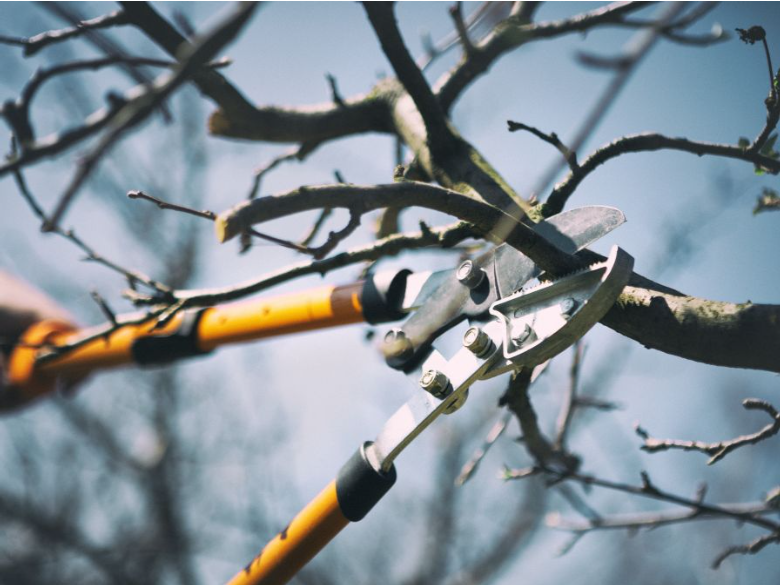
The Significance of Tree Pruning
Tree pruning, often referred to as “tree cutting,” is a fundamental practice in arboriculture that involves the selective removal of specific branches or parts of a tree to enhance its overall health, appearance, and safety. In this article, we will delve into the world of tree pruning and explore its importance in maintaining lush, thriving greenery.
The Purpose and Benefits of Tree Pruning
Health and Growth Enhancement
- Targeted Branch Removal: Pruning helps remove diseased, dead, or weak branches, allowing the tree to allocate its resources to healthier areas.
- Stimulating New Growth: Proper pruning techniques can encourage the development of new shoots and branches, rejuvenating the tree.
Safety and Risk Mitigation
- Removing Dead or Hazardous Branches: Pruning eliminates branches that may pose a risk of falling, preventing potential accidents or property damage.
- Preventing Property Damage: Pruning keeps branches away from structures, utility lines, and other assets, reducing the risk of damage during storms or high winds.
Aesthetic Considerations
- Shaping the Tree’s Appearance: Pruning allows for artistic shaping, enhancing the tree’s natural form and promoting symmetry.
- Enhancing Curb Appeal: A well-pruned tree can significantly improve the aesthetics of your property, adding value and visual appeal.
When to Prune Your Trees
Seasonal Timing
- Spring Pruning: Spring is ideal for general tree maintenance and shaping, as trees are actively growing.
- Summer Pruning: Summer is suitable for thinning dense canopies and correcting growth imbalances.
- Winter Pruning: Winter is the time for major structural pruning and removal of dead or hazardous branches.
Recognizing Tree-Specific Needs
- Deciduous Trees: Understanding the unique characteristics of deciduous trees helps determine the best time and approach for pruning.
- Evergreen Trees: Pruning evergreens requires different considerations due to their year-round foliage.
Pruning Techniques and Best Practices
Tools of the Trade
- Pruning Shears: These handheld tools are suitable for small branches and precision pruning.
- Loppers: Loppers have longer handles and offer increased leverage for cutting thicker branches.
- Pruning Saws: Pruning saws are essential for cutting larger branches cleanly and safely.
Pruning Methods
- Crown Thinning: Thinning out branches evenly throughout the crown reduces density, allowing more light and air to penetrate.
- Crown Raising: Raising the crown involves removing lower branches to create clearance for structures or pedestrians.
- Crown Reduction: This method reduces the overall size of the tree’s crown, which can be necessary for safety or aesthetic reasons.
Safety Precautions
- Protective Gear: Wearing appropriate protective gear, such as helmets and eye protection, is essential when pruning.
- Identifying Hazards: Assessing potential hazards, like power lines or decayed branches, is critical before starting any pruning work.
- Hiring Professionals When Necessary: For large or complex pruning tasks, it is advisable to seek the expertise of certified arborists to ensure safety and optimal results.
Conclusion
The Artistry and Science of Tree Pruning
In conclusion, tree pruning is both an art and a science that offers numerous benefits to your landscape, including health, safety, and aesthetics. By understanding the purpose, timing, and techniques of tree pruning, you can invest in the well-being and beauty of your greenery. Whether you’re shaping an ornamental tree for curb appeal or maintaining the vitality of a large canopy, tree pruning is a vital practice that contributes to the overall health and longevity of your trees, enhancing the natural beauty of your outdoor environment.


